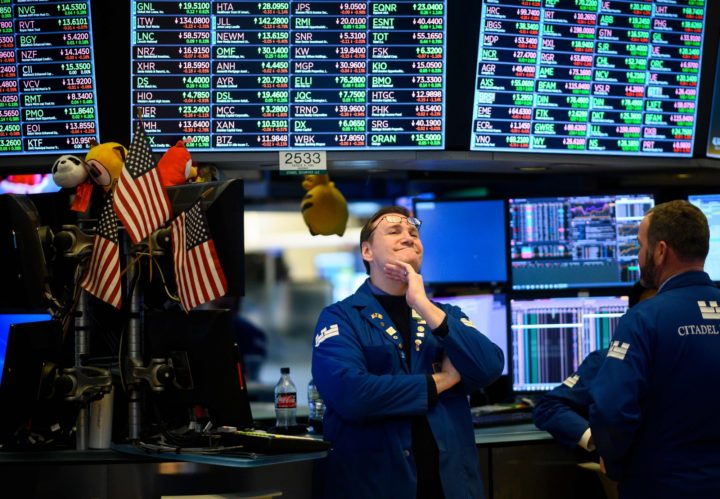

Some say there are only two rules one needs to follow in order to succeed in the stock market. The first rule is “don’t fight the tape”. The second rule is “don’t fight the Fed”.
That is, ride the market in the direction it is going because momentum is your friend.
When it comes to the Federal Reserve, when the Federal Reserve is lowering interest rates, you want to be in the market, and not shorting it.
Why Lower Rates Means A Higher Stock Market
The broader economic theory is that lower interest rates makes it easier for consumers and corporations to borrow money. Corporations use that money to invest more cheaply in growing their businesses. Consumers are able to get cheaper rates on things like homes, cars, and spend money on credit cards.
Lower rates, therefore, stimulate the economy, which is supposed to trigger better company earnings, and the stock market follows earnings growth.
For those who may be wondering why the stock market continues to boom despite the expectation of weak third-quarter earnings, just look to the Federal Reserve.
The Federal Reserve lowered interest rates by 25 basis points on Wednesday. The simple explanation as to why rates were lowered is because economic signs were starting to weaken a bit. For example, gross domestic product in the second quarter came in at 2.1%, below the 2.9% average thus far during the Trump administration.
However, it is also below the 3% level that is generally considered a target growth rate.
Why We Got Here in The First Place
The reason for this economic slowdown was the Federal Reserve raised rates to quickly. Once Donald Trump got into office, the economy soared. Initially it was based on optimism in terms of how Donald Trump would handle economic and fiscal policy. Then that optimism became reality. The economy even soared 4.2% in terms of GDP and one quarter.
The Federal Reserve, however, acted too quickly and raising rates and choked off the robust growth we were seeing. Now is been forced to back off.
All of this helps to explain why the market had been moving higher in the face of weakening economic data. The market was pricing in a rate cut. In fact, the market has arguably been pricing in several rate cuts.
Lower Rates Will Supports the Stock Market for Some Time To Come
The stock market is in a strange place, and has been since Pres. Donald Trump took office. From a valuation standpoint, the market is presently at its second-highest valuation and history. The only other time it was higher was during the dot – com bubble of 2000.
What that means is that stocks are being priced to a level of earnings that, even in optimistic circumstances, may not be achieved for several years.
This extreme valuation stretch, in which stocks are arguably twice as expensive as the long-term average, cannot last. Everything reverts to the mean eventually.
However, depending on the number of rate cuts the Fed has in mind, any reversion to the mean may be pushed off for quite some time. That’s because of the second rule mentioned above – don’t fight the Fed.
The stock market rarely crashes during the period of Federal Reserve interest rate easing. Usually what happens is the market will crash first, and the Federal Reserve will respond by aggressively lowering rates. That’s what we saw following the mortgage crisis.
This likely signals that the stock market will, at worst, be subject to the standard 10% or 20% correction over the next year or so. Likewise, the path of least resistance continues to be up.
